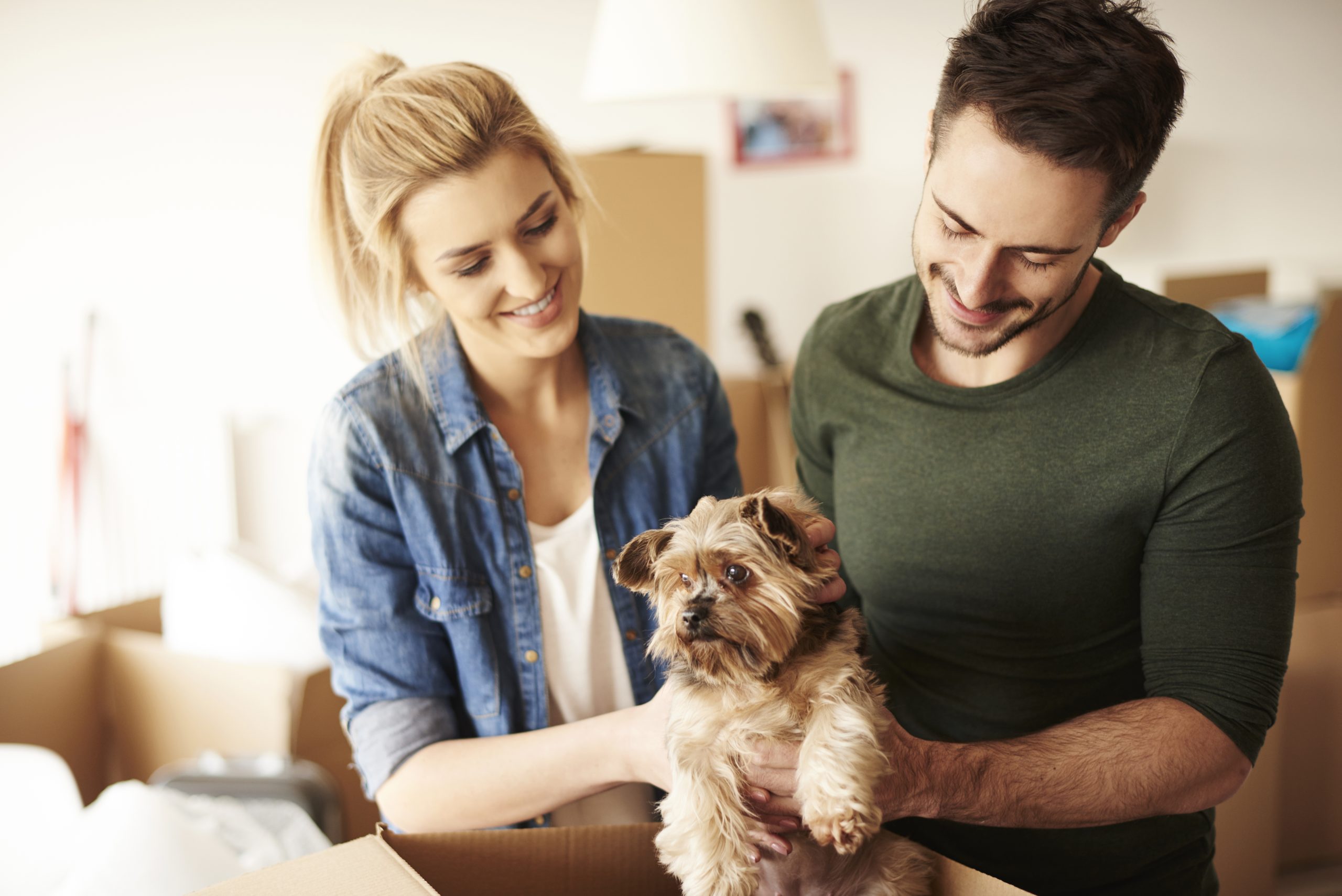Are you ready to transform your unruly pooch into a well-behaved companion in just one week? With the right training techniques and dedication, it’s possible! In this blog post, we will cover everything you need to know about dog training, including early puppy socialization, choosing the best obedience training method for your pup, indoor potty training, positive reinforcement training, consistency, common mistakes people make when training their dogs, and more. Let’s get started!
Introduction to Dog Training
Dog training is an essential aspect of pet ownership that can help ensure your furry friend behaves appropriately both at home and in public settings. It involves teaching your dog basic commands such as “sit,” “stay,” and “come” using various methods like positive reinforcement or clicker training. The goal of dog training is not only to have a well-behaved dog but also to strengthen the bond between you and your four-legged pal.
The Importance of Early Puppy Socialization and Potty Training
Early puppy socialization is crucial to prevent behavioral issues later on in life. During the first few months of a puppy’s life, they are exposed to new experiences, sounds, sights, and smells. By exposing them to these things positively, you can shape their behavior and build confidence. Additionally, potty training should start as soon as possible to avoid accidents inside the house. Teach your pup where to go potty by taking him outside frequently and rewarding good behavior with treats or praise.
How to Choose the Best Obedience Training Method for Your Dog
There are several different types of dog training methods available, including positive reinforcement, dominance-based training, and clicker training. Positive reinforcement uses rewards to teach desired behaviors while ignoring unwanted ones. Dominance-based training focuses on establishing yourself as the alpha leader through assertive body language and vocalizations. Clicker training uses a clicking sound to indicate when a dog has performed a desirable behavior followed by a treat or praise. Ultimately, the choice depends on what works best for you and your dog.
A Comprehensive Guide to Indoor Puppy Training
Indoor puppy training requires patience and consistency. Start by confining your pup to a small area, such as a crate or pen, when you cannot supervise them directly. Use a leash and collar to keep them close to you during training sessions, and always provide plenty of opportunities to relieve themselves outdoors. Whenever your pup exhibits good behavior, be sure to reward them with treats or praise.

Understanding the Basics of Positive Reinforcement Training
Positive reinforcement training is based on the idea that dogs learn from consequences. This technique involves rewarding desirable behaviors with treats, toys, or verbal praise while ignoring undesired actions. For example, if your dog performs a sit command correctly, give them a treat or playtime with their favorite toy. Over time, your dog will associate performing good behaviors with receiving rewards, making them more likely to repeat those behaviors in the future.
Why Consistency is Key in Dog Training

Consistency is critical in dog training because it helps your dog understand what is expected of them. If you use inconsistent cues or signals, your dog may become confused and struggle to learn appropriate behaviors. Similarly, if you allow certain behaviors sometimes but not others, your dog may continue to engage in those behaviors even after being corrected. To maintain consistency, set clear rules and boundaries, stick to them, and remain patient throughout the process.
Common Mistakes People Make When Training Their Dogs
One of the most significant errors people make when training their dogs is using physical force or punishment. While some traditional training methods advocate for this approach, research suggests that positive reinforcement produces better results without causing harm to the animal. Another mistake is failing to train regularly or providing insufficient feedback. Finally, many owners overlook the importance of socializing their dogs early on, which can lead to fearfulness or aggression around strangers or other animals.
In conclusion, dog training is an excellent way to create a strong bond with your furry friend while ensuring they behave appropriately. Whether you choose positive reinforcement, dominance-based training, or clicker training, remember to stay consistent, patient, and dedicated to achieving your goals.
Other Questions People Ask
How can I incorporate early puppy socialization into my introduction to dog training?
Expose your puppy to a variety of new experiences, sounds, and sights in a positive manner during the first few months. Supervise social interactions with other dogs and people, rewarding calm and friendly behavior. Proper socialization helps prevent behavioral issues and builds confidence, making future training easier.
What is the best way to choose a training method when starting my introduction to dog training?
Evaluate different methods such as positive reinforcement, clicker training, or dominance-based approaches to see which aligns with your values and your dog's temperament. Positive reinforcement is generally recommended for its effectiveness and humane approach. Consistently applying your chosen method will lead to better results over time.
What common mistakes should you avoid with Introduction to Dog Training?
When using Introduction to Dog Training, people often overlook fundamental principles or skip important steps. Rushing through the process or failing to plan can lead to poor outcomes. Being aware of these common pitfalls allows you to avoid them from the start. Careful preparation and attention to detail will help you achieve the desired results.